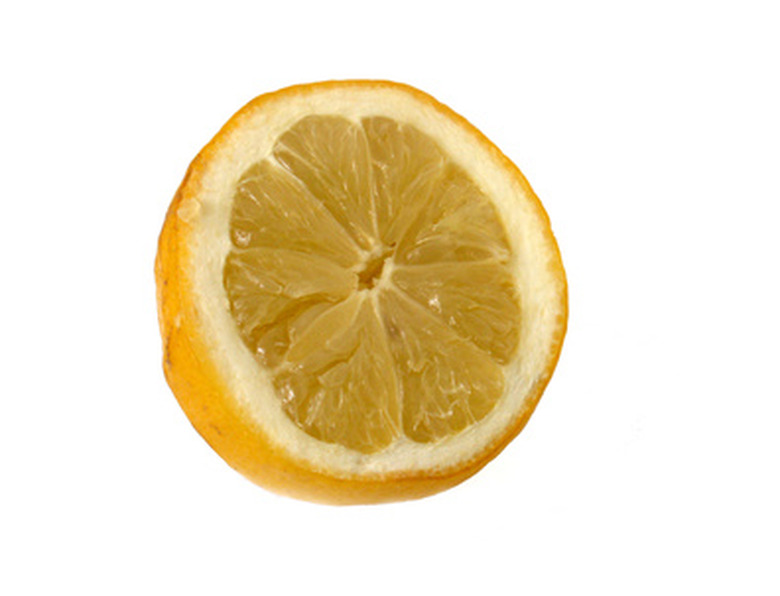How To Make Citric Acid
Citric acid (C3H4[COOH]3OH) gives citrus fruits their characteristic sour taste, especially lemons and limes. It's also an intermediate product in the citric acid cycle, an essential metabolic reaction in virtually all organisms. Citric acid is used extensively in food applications, especially as a flavoring and preservative. It's also useful in organic chemistry where it's the precursor for many reactions. Citric acid is produced commercially from cultures of a fungus called Aspergillus niger. This is an industrial process and not an appropriate home experiment.
Step 1
Start a culture of Aspergillus niger. This fungus is very common in nature and specific strains have been developed which have a very high production rate of citric acid. These strains are available wherever science and agricultural supplies are sold.
Step 2
Feed the culture of A. niger simple sugar. This may be sucrose (table sugar) or some medium that contains glucose. The source is typically the most inexpensive source of sugar available, such as hydrolyzed corn starch, corn syrup or molasses. A. niger uses the glucose as food and produces citric acid and carbon dioxide (C02) as waste products.
Step 3
Filter the mold out of the culture once the concentration of citric acid in the culture peaks. The remaining solution will be very high in citric acid.
Step 4
Extract the citric acid. Add calcium hydroxide [Ca(OH)2] to the solution. It will combine with the citric acid to form calcium citrate Ca3(C6H5O7)2, a salt that will precipitate out of the solution. The following equation shows this reaction: 3Ca(OH)2 + 2C3H4[COOH]3OH -> Ca3(C6H5O7)2 + 3H2.
Step 5
Regenerate the citric acid with sulfuric acid. The following equation shows this reaction: 3H2SO4 + Ca3(C6H5O7)2 -> 2C3H4[COOH]3OH + 3CaS04. Note the additional product of calcium sulfate (CaSO4).
References
Cite This Article
MLA
Robinson, Allan. "How To Make Citric Acid" sciencing.com, https://www.sciencing.com/make-citric-acid-2381/. 24 April 2017.
APA
Robinson, Allan. (2017, April 24). How To Make Citric Acid. sciencing.com. Retrieved from https://www.sciencing.com/make-citric-acid-2381/
Chicago
Robinson, Allan. How To Make Citric Acid last modified March 24, 2022. https://www.sciencing.com/make-citric-acid-2381/
